Signs that last for centuries
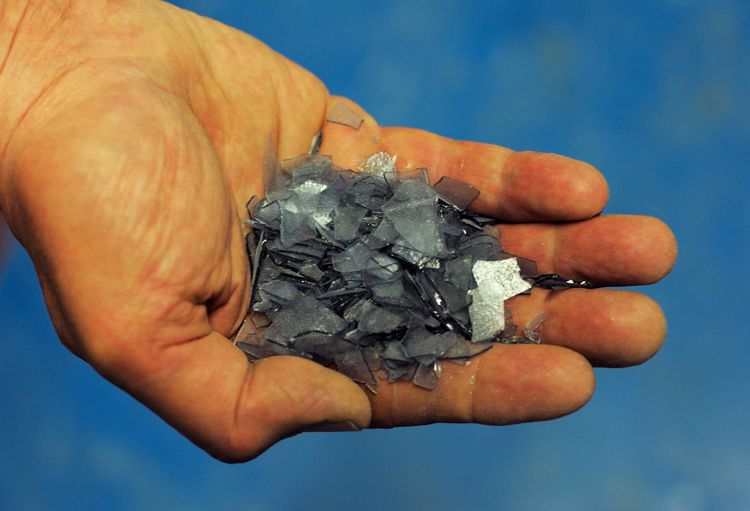

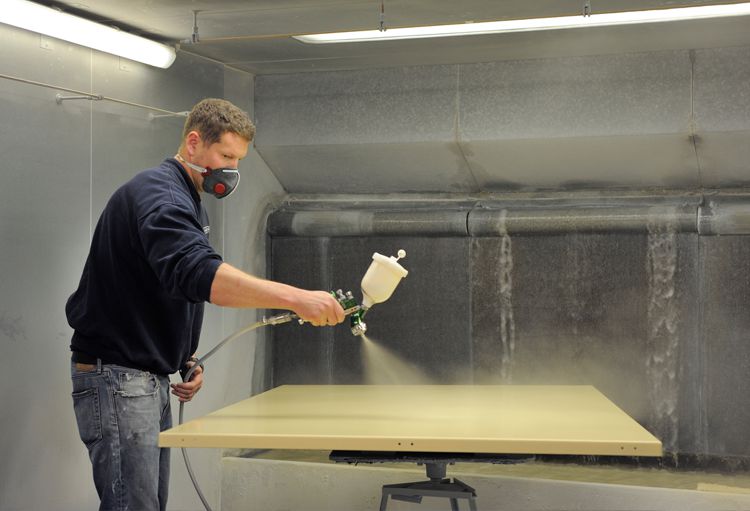
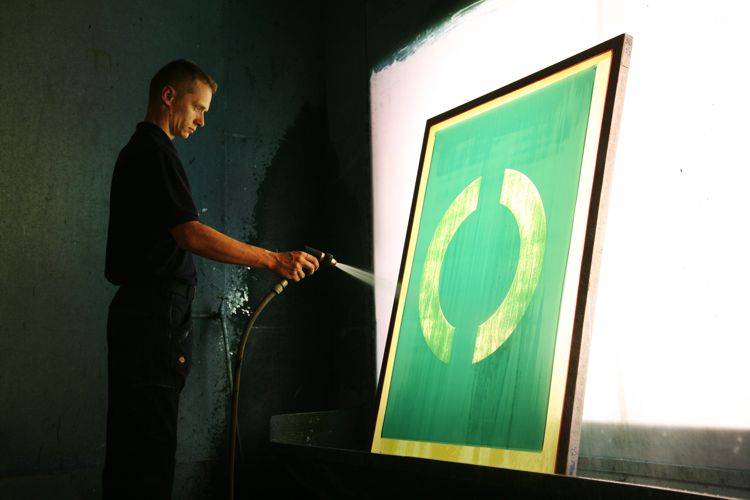
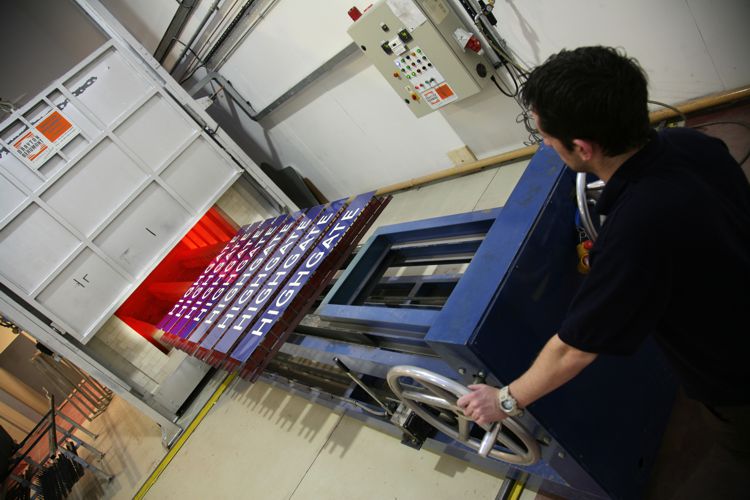
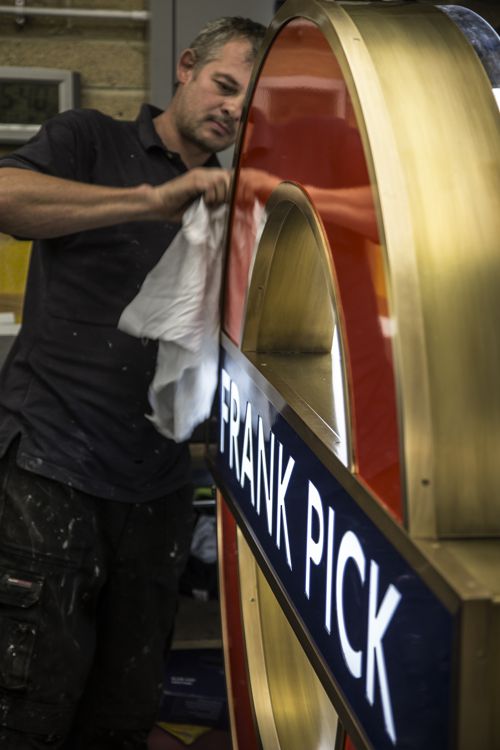
According to A. J. Wells and Sons, a British manufacturer of signage and architectural cladding, when it comes to signs, there are not many that hold their appeal in the same way that those made from vitreous enamel do. Operations Director, Guy Wells, explains, “Maybe it is because they maintain their legibility and vibrancy so well or that they capture the style and essence of their era in a way that history books just can’t quite achieve but there are few materials that will outlast the company that they were produced to promote or the station that they were made to decorate. These signs can date back well over a hundred years and help give a snapshot of a bygone age.”
Famed for its durability, vitreous enamel has been used as a finish for over 3000 years. It is fundamentally a glass-based coating that is fused to a metal substrate using temperatures of over 800°C that vitrify the glass, fusing it with the base metal material. From its beginnings as a decorative surface on gold, silver and copper jewellery, it was the application to ferrous metals that opened up opportunities for use in more functional applications such as baths, bakeware and signage.
Today the applications are even more wide ranging. Its heat and fire, chemical and abrasion resistance makes it the coating of choice for many more products including range cookers, storage vessels, cladding, furniture and whiteboards.
A.J. Wells & Sons Ltd first started using vitreous enamel as a coating for their Charnwood range of wood burning stoves over 40 years ago. A family business set up by Alfred Wells and his two sons in 1972, they required a coating to their domestic heaters that could cope with the high temperatures needed. Vitreous enamel was the obvious choice, but after several years of struggling to find a reliable supply chain they invested in a plant of their own. “We soon realised that there was surplus capacity in the plant so set out to find work in different market sectors. We managed to secure some work for cladding and signage at the Barbican in London and also for a supplier to London Underground,” says Guy Wells.
The use of vitreous enamel for signage on London Underground has been widespread for decades due to its durability and resistance to graffiti (and the chemicals used to clean it off). It was, however, the tragic events of the King’s Cross fire in 1987 that brought into focus the use of various materials in sub-surface environments. Flammable material was responsible for the fire spreading so violently so following the tragedy, stations were upgraded and refurbished to replace these materials with non-flammable alternatives. The use of vitreous enamel grew because of its fire retardant properties and is now used in wayfinding and door signage and cladding extensively across the network.
The product is commonly used in transport environments but is also used in locations were signage may be more exposed to the elements. The surface does not suffer from UV degradation, so signs do not fade or become brittle over time. Another advantage is that due to the surface being non-porous, any moss or algae cannot take root meaning it can be wiped clean to restore it to its original vibrancy. Vitreous enamel is also suitable in coastal environments with the surface being resistant to the salt in the atmosphere and the hard-wearing surface resilient against abrasion from salt and sand.
Elements of the process of enamelling remain fairly traditional and manual. The base material is glass frit that is produced in large furnaces that produce a fine sheet glass that is crushed down into what can best be described as ‘glass cornflakes’. The frit is then combined with various clays and oxides to create a mix that will bond to the steel substrate and match the thermal expansion of the metal. The ingredients are mixed with water in large rotary ball mills that crush and combine the components to create a ceramic slip ready for application.
Metal panels are cut and formed on CNC lasers and press brakes in numerous sizes and shapes. The application of the coating is achieved via spraying on the coating. The coating is relatively thick when compared to paint and powder coating systems but obtaining the correct thickness is critical to achieve the correct balance of adhesion and coverage. The process is therefore heavily reliant on the skill of the operator.
A two-coat enamel system is used in the production of signage using a ground coat and a finish coat. This topcoat can be various colours and gloss levels.
Between each coat the panel is fired at over 800°C. The result is a coating that chemically bonds to the metal panel to form a composite material and gives rich colours.
After spraying, panels are screen printed with enamel inks using traditional hand bench screen printing. These inks are again fired to deliver a vibrant finish that gives a beautiful depth of colour and a relief to the printed areas. It is even possible to print metallic inks (gold and platinum based) to add a touch of lasting quality.
Although traditionally most enamel signs comprised of block colour images, developments in transfer production technology has seen the quality of photographic and fine detail images improve greatly in the use on enamel signage. This has led to increased use of vitreous enamel for interpretation signage for sites of historic interest, nature reserves and scenic lookouts.
“For over 30 years A J Wells & Sons have seen the market for enamel signage change. These developments included the incorporation of illuminated glass patches within the panels and the incorporation of the signs into various framing systems and diverse materials including aluminium, stainless steel and wood,” says Wells.
He concludes, “Today we are the largest supplier of vitreous enamel signage and cladding in the UK and are confident that with the product’s longevity and its ability to be recycled at end of life (if it doesn’t end up on a collector’s wall!) it offers an environmentally advantageous and cost effective option to deliver a lasting desirable impact for the next 100 years.”
